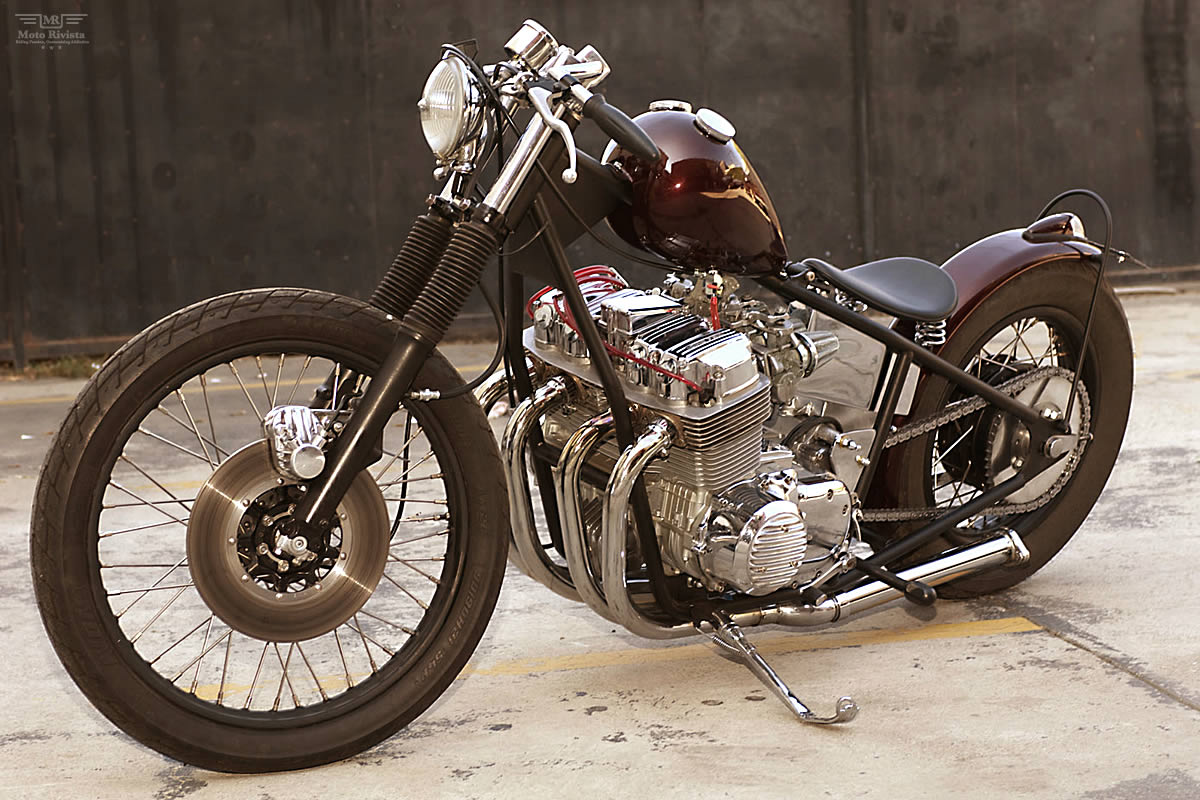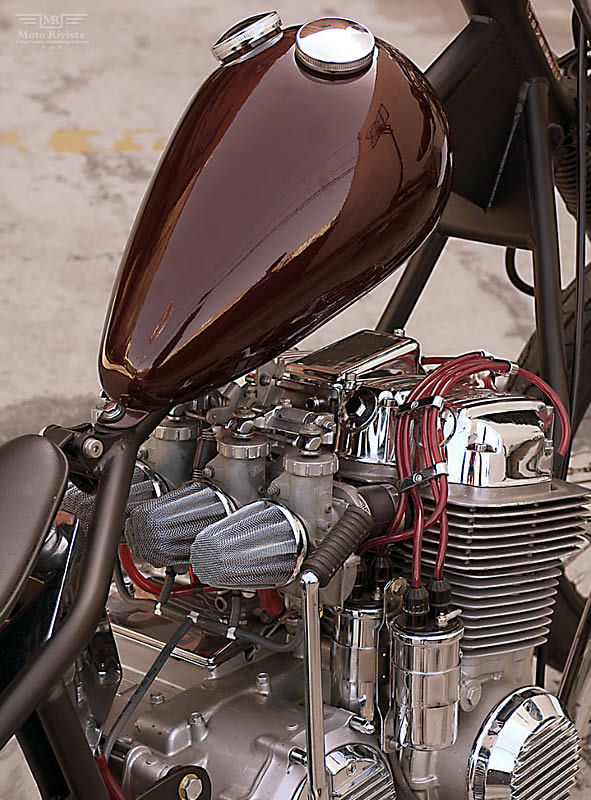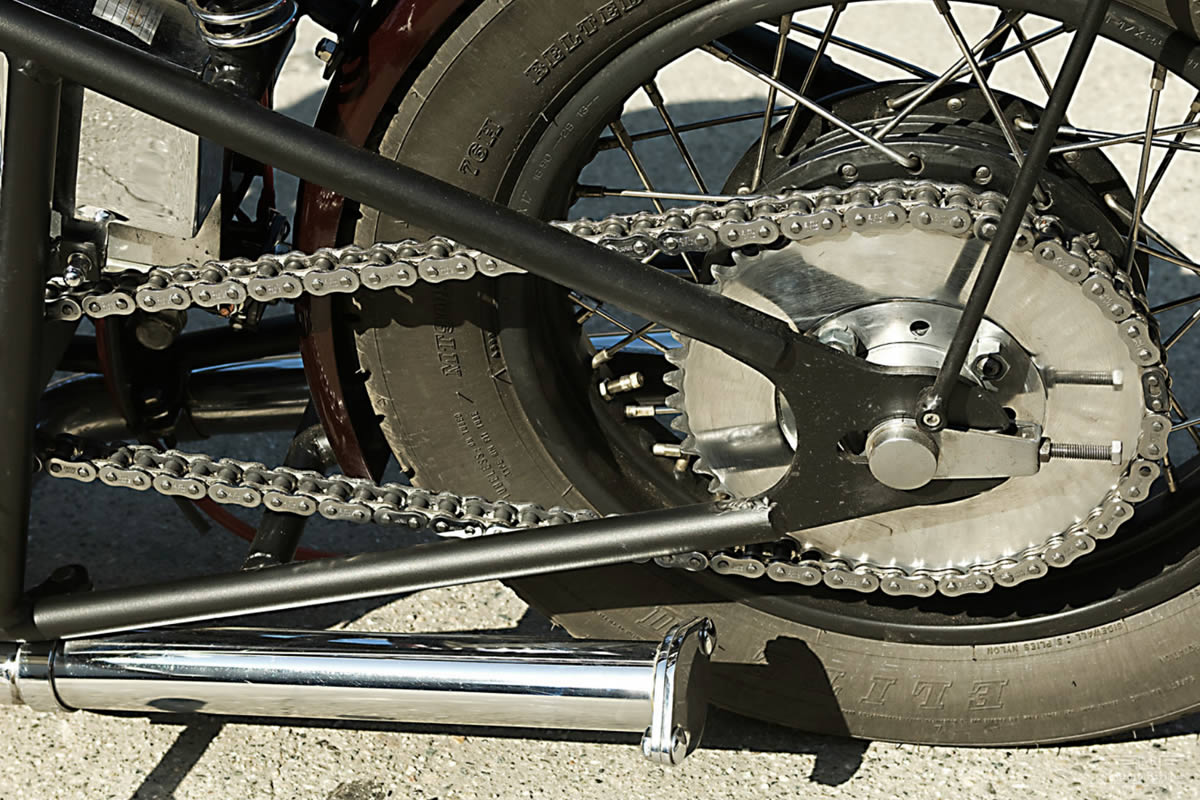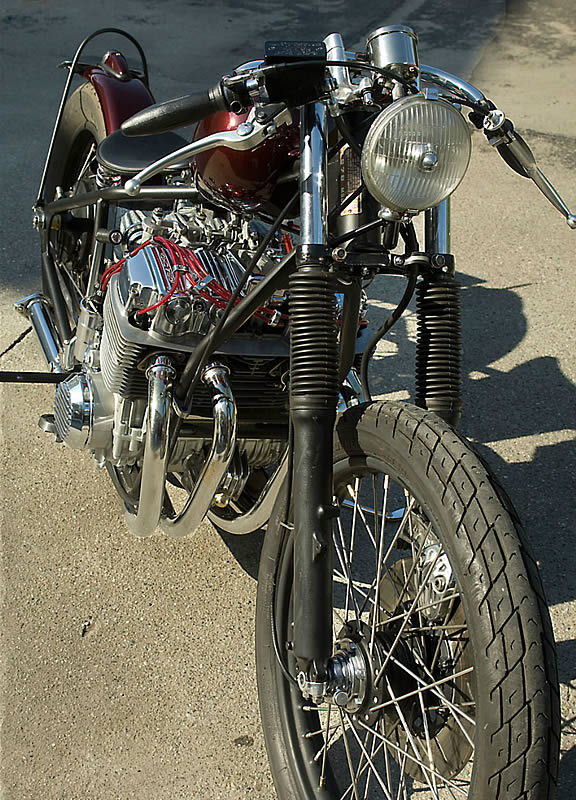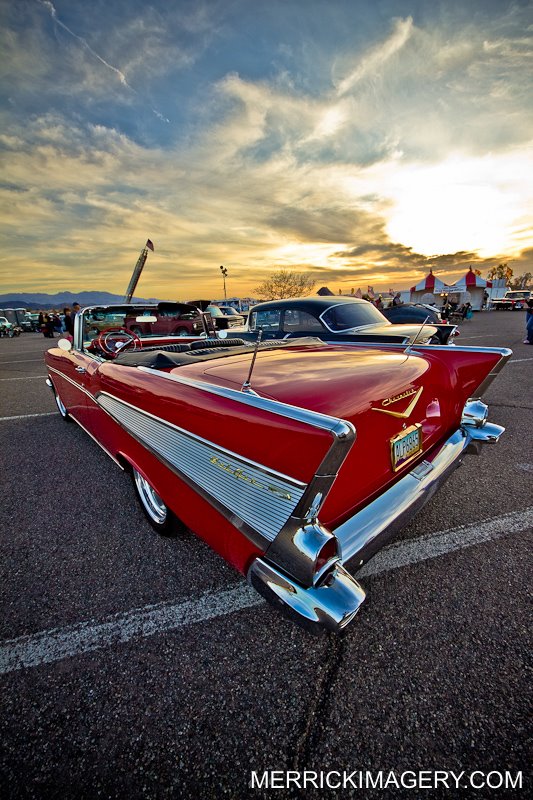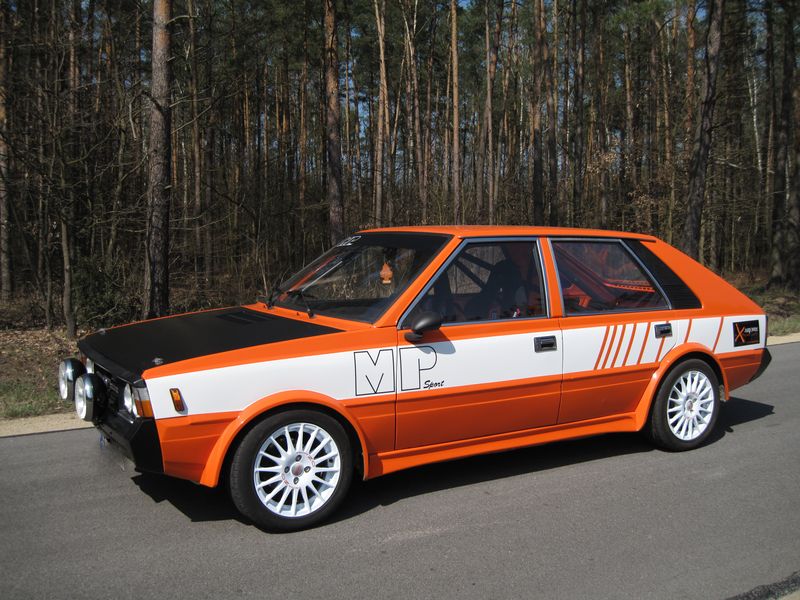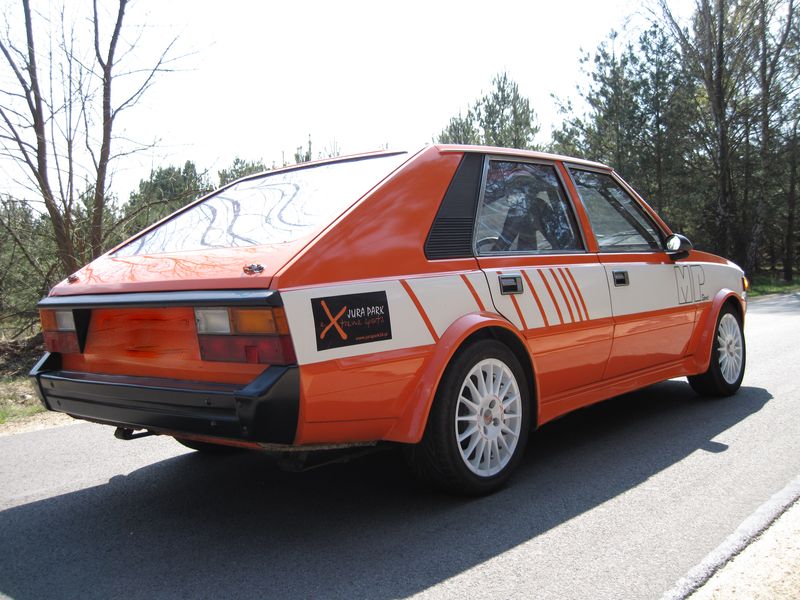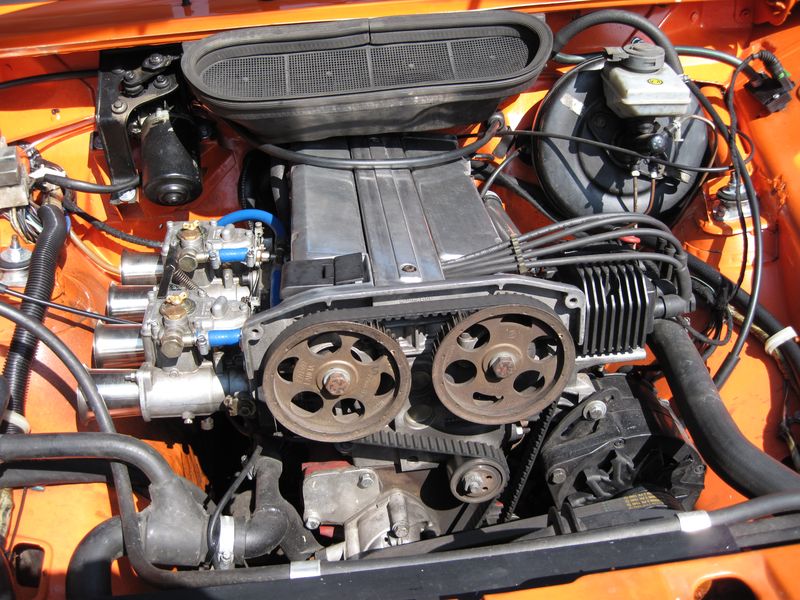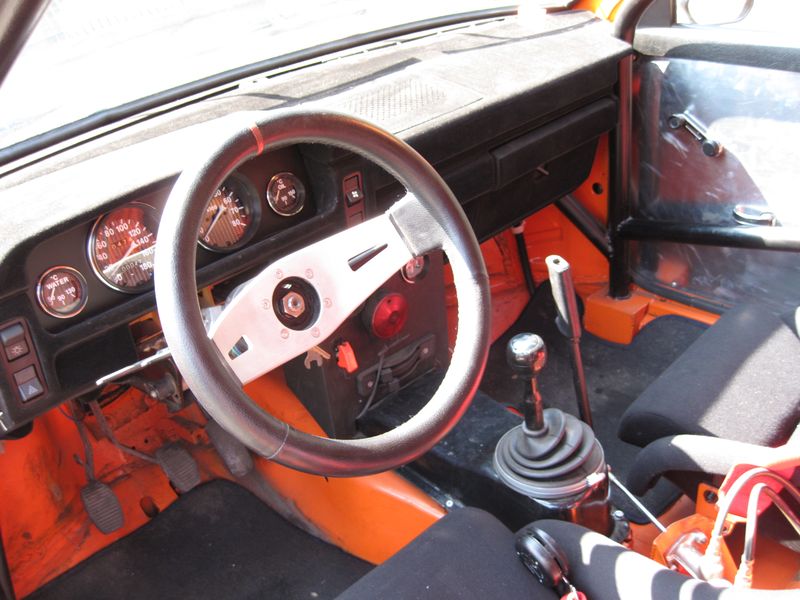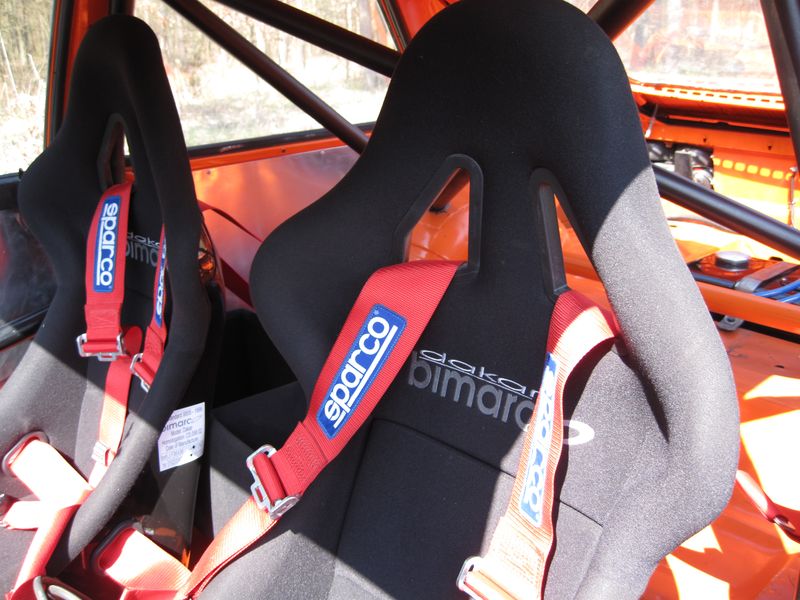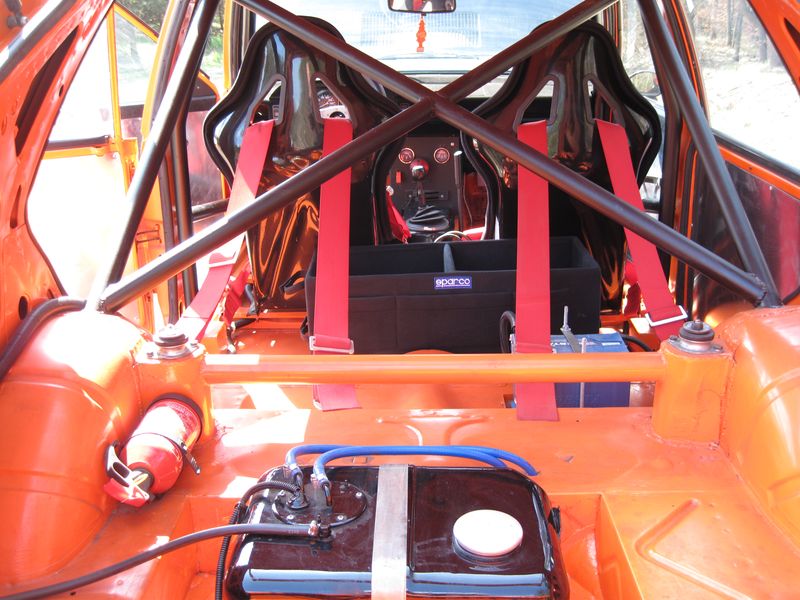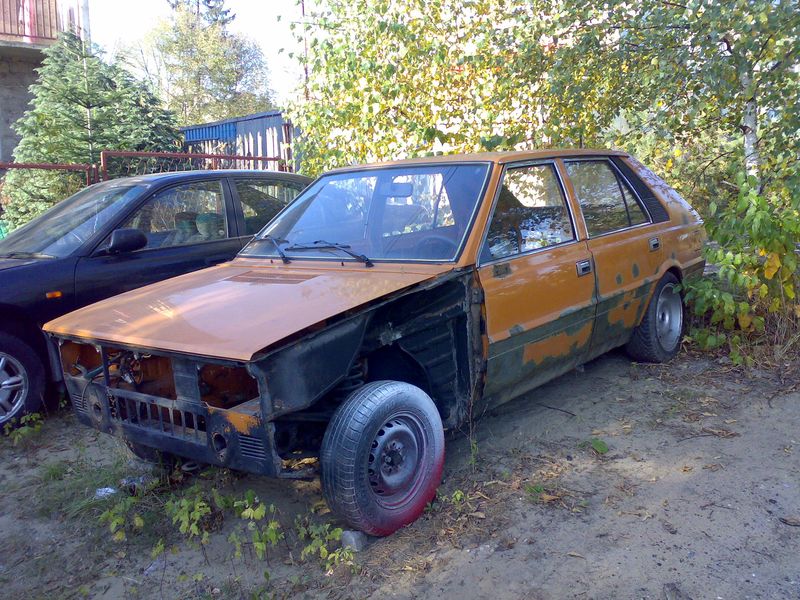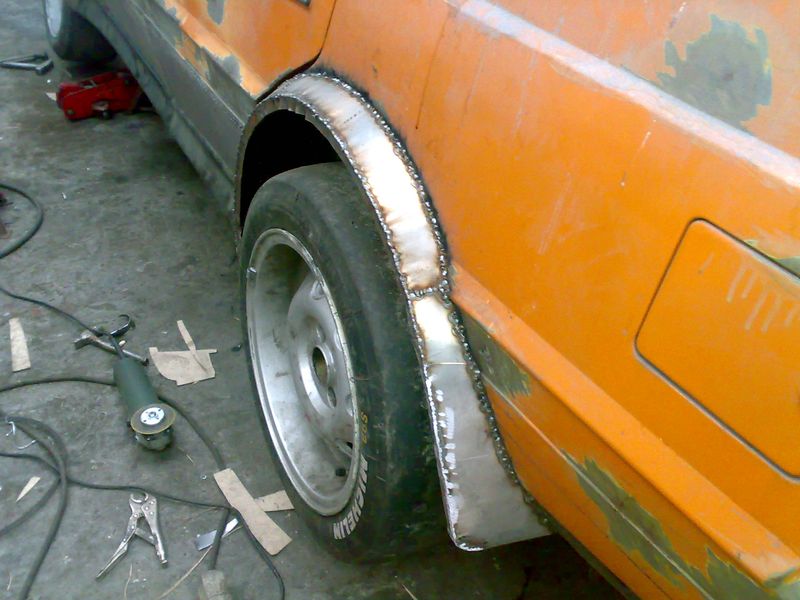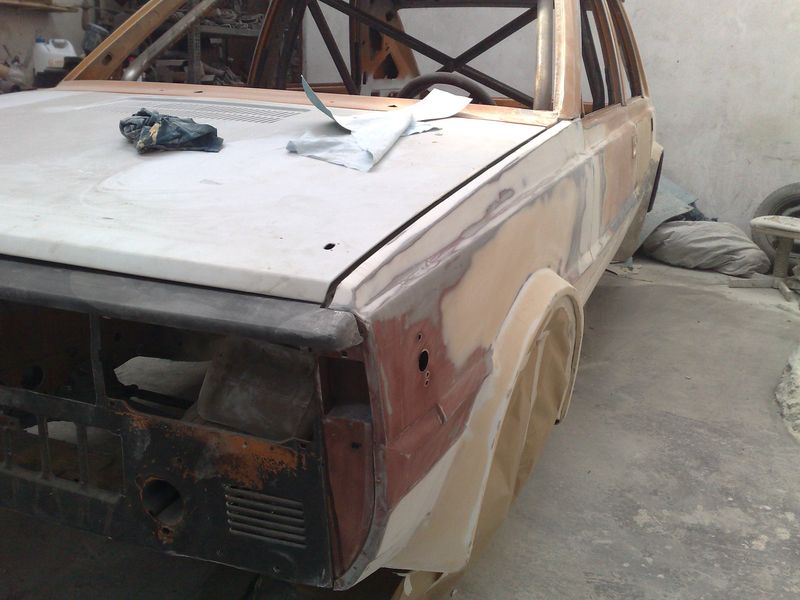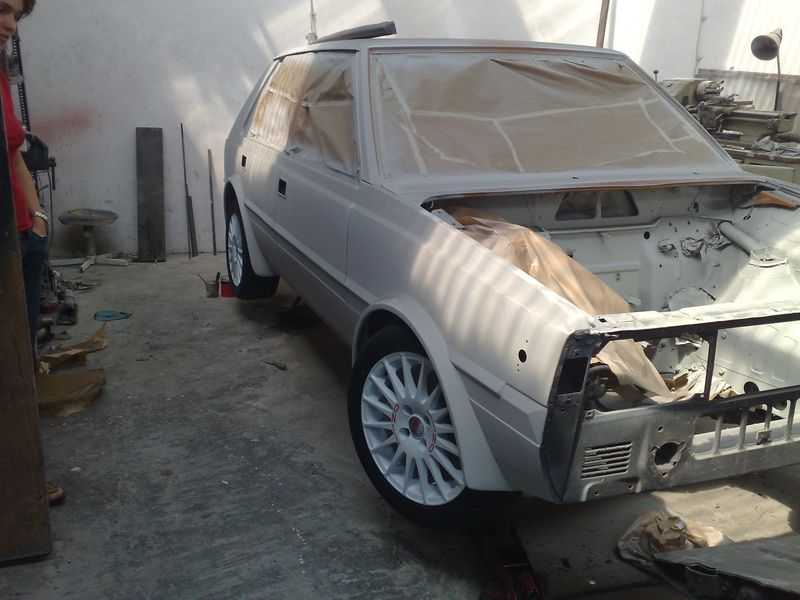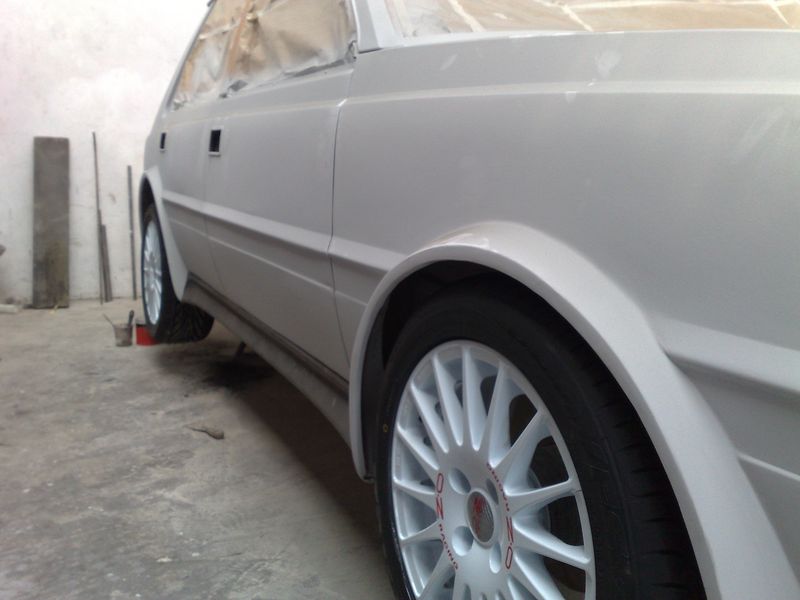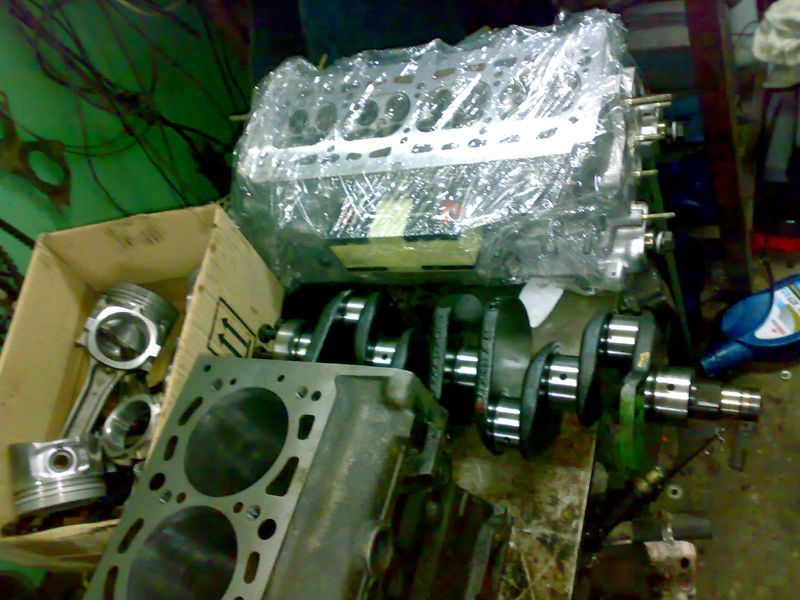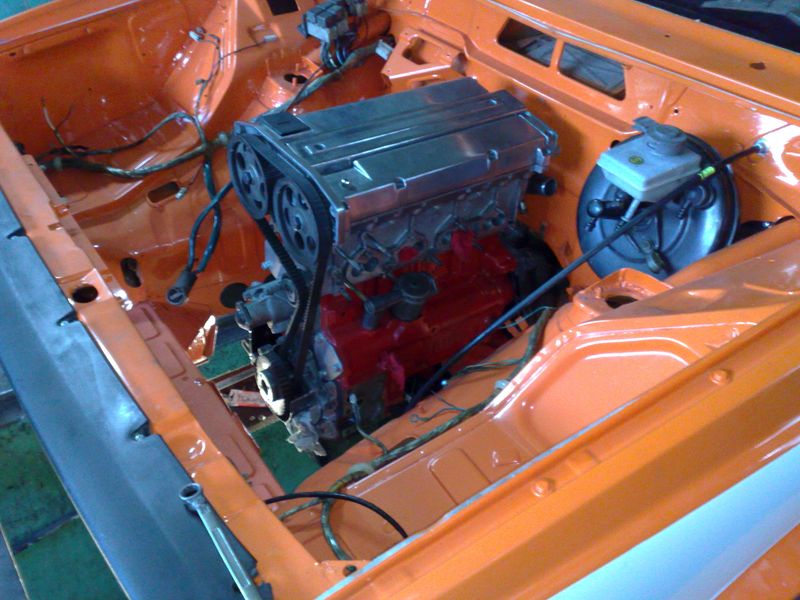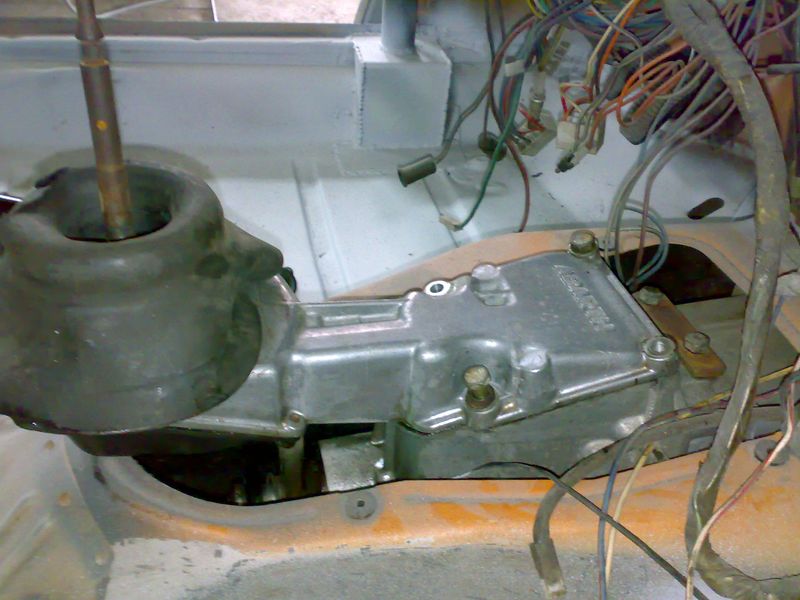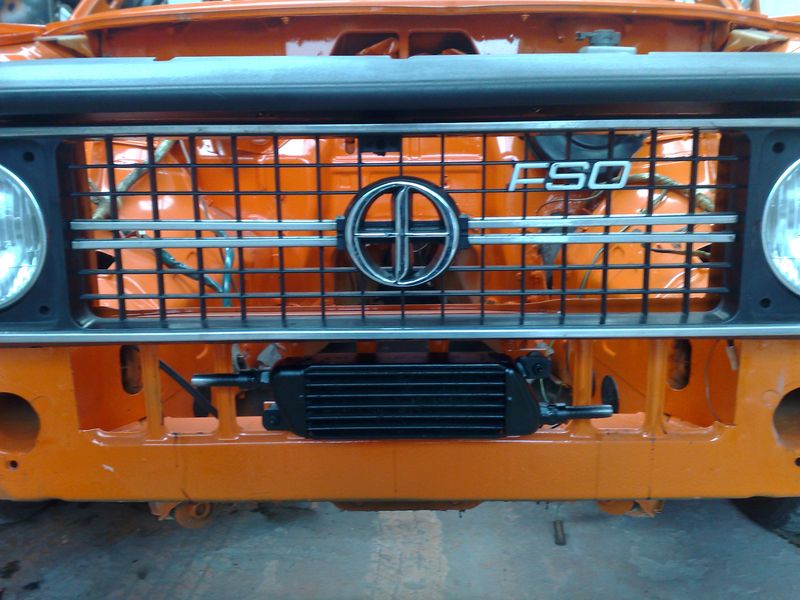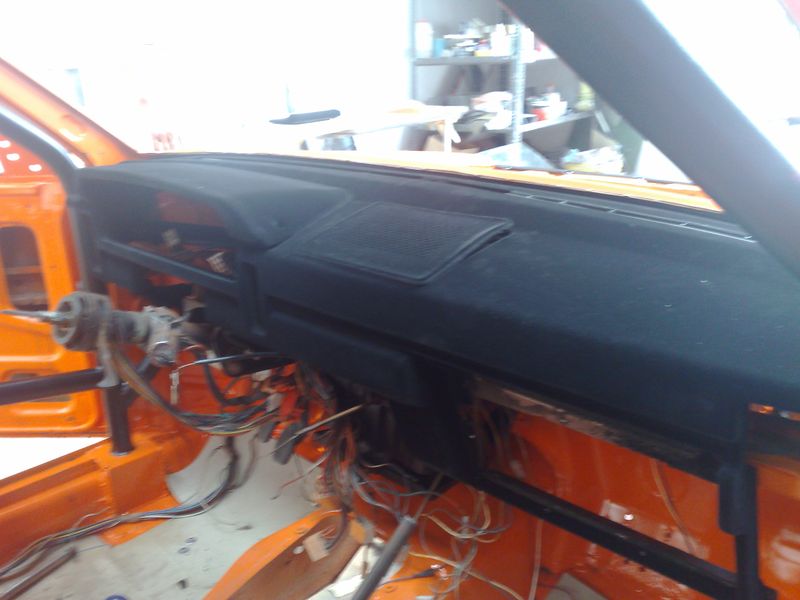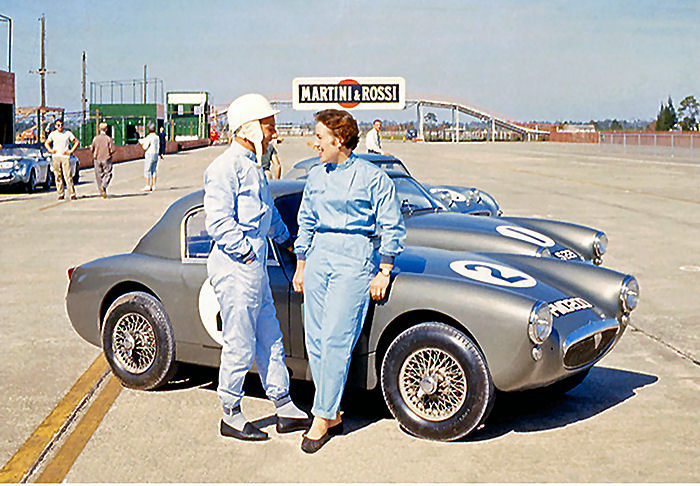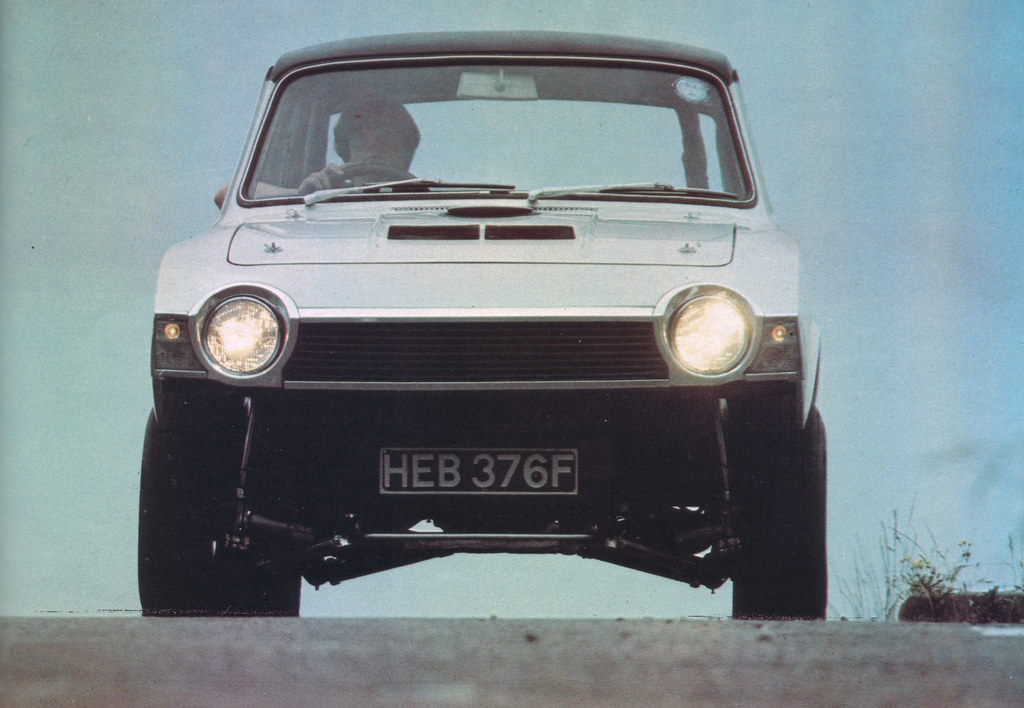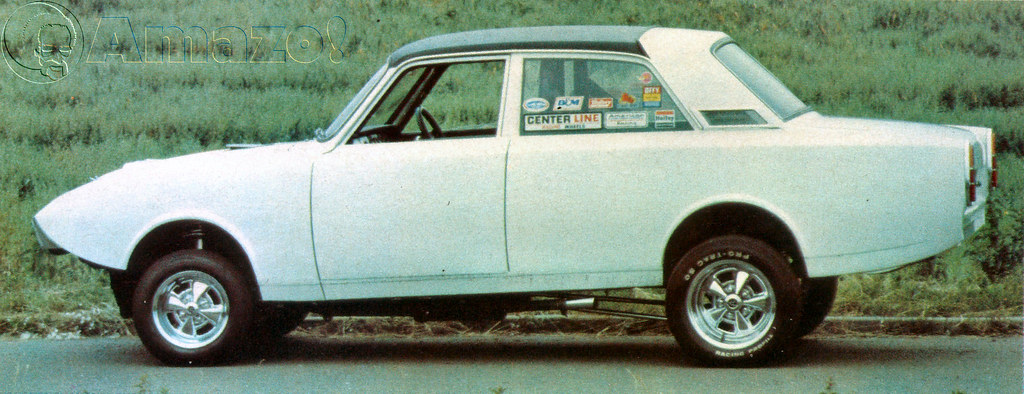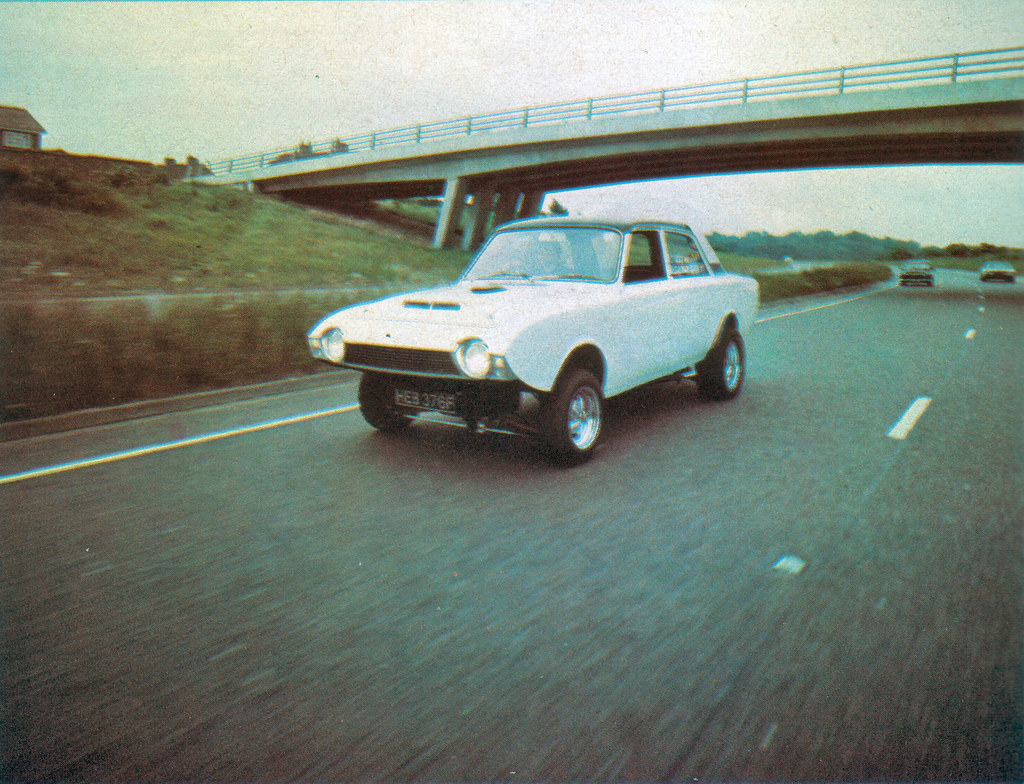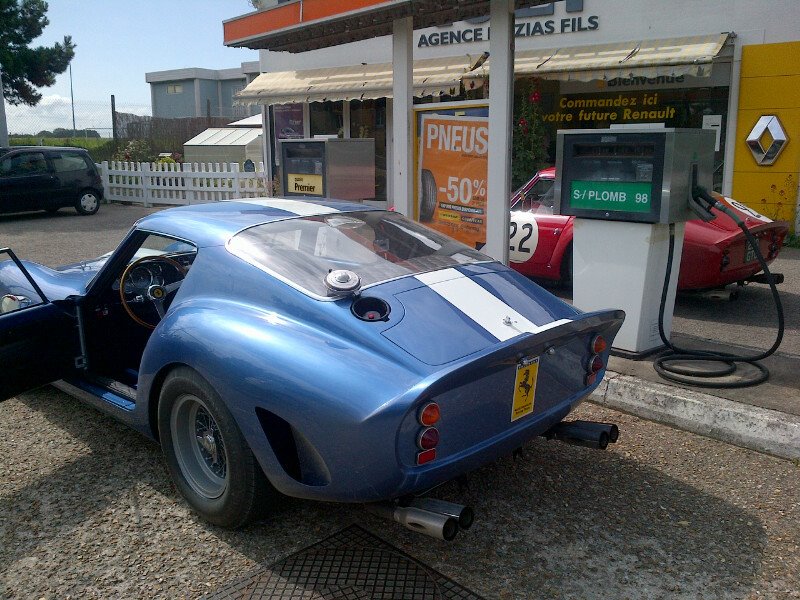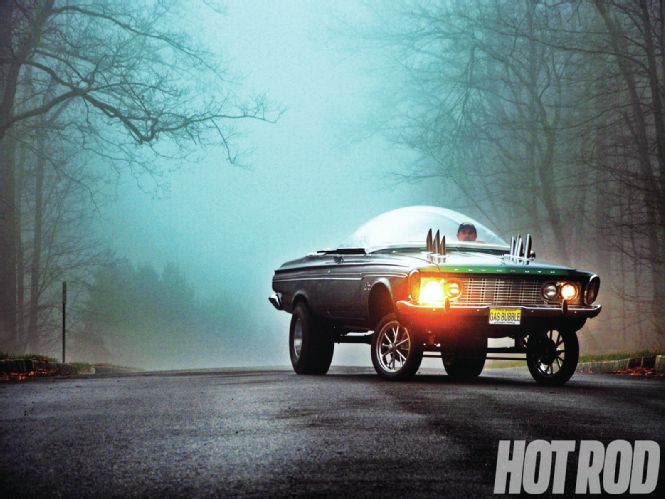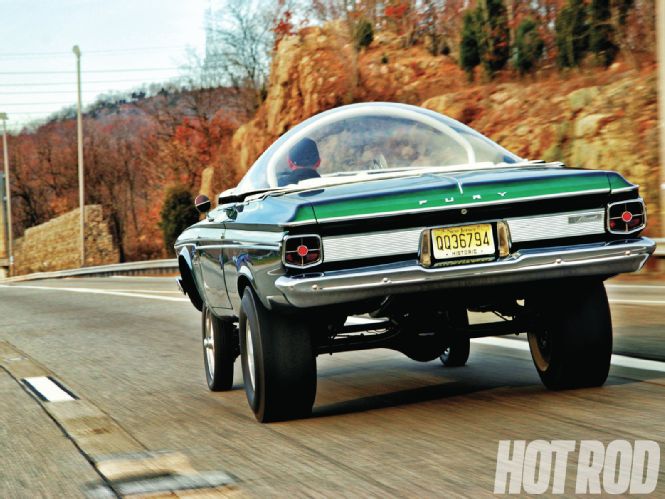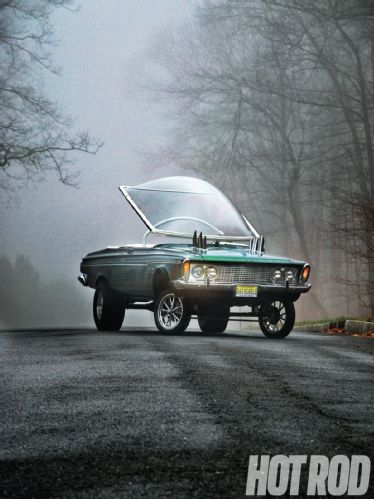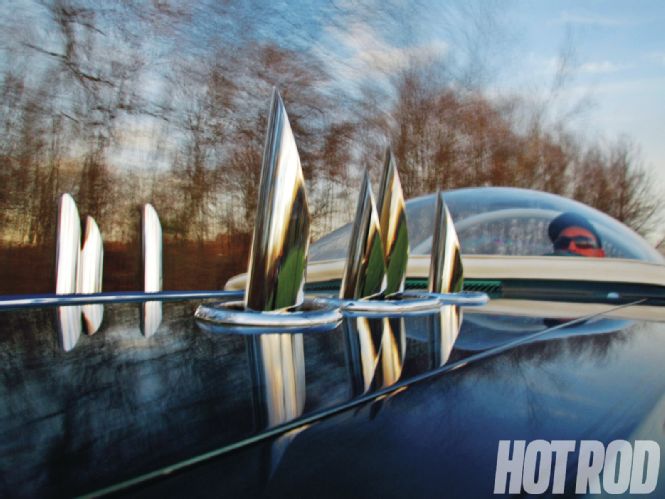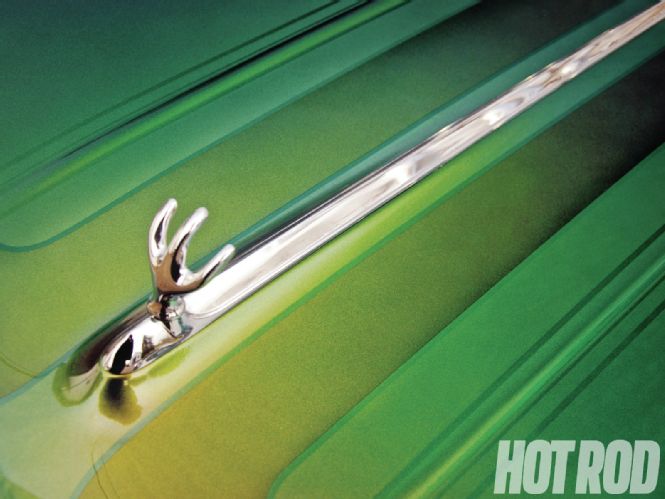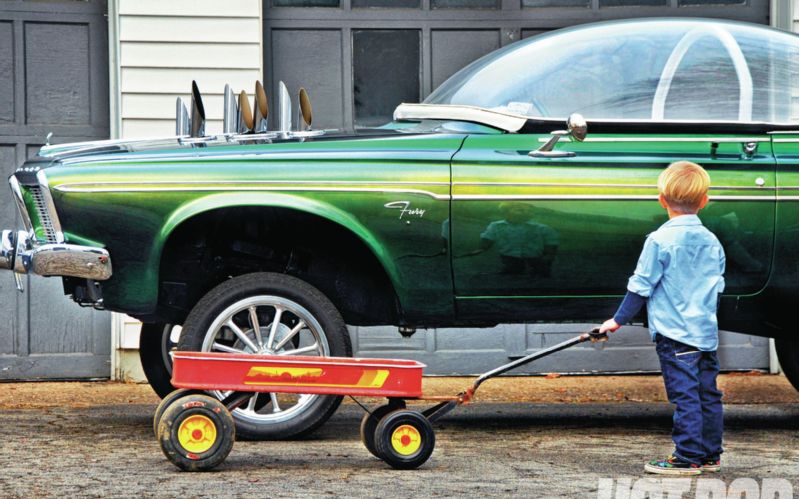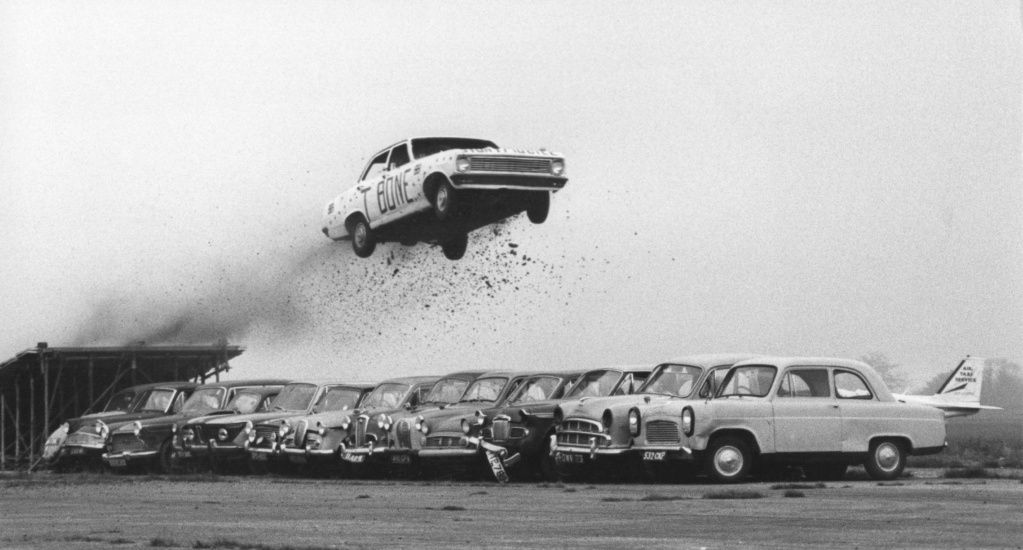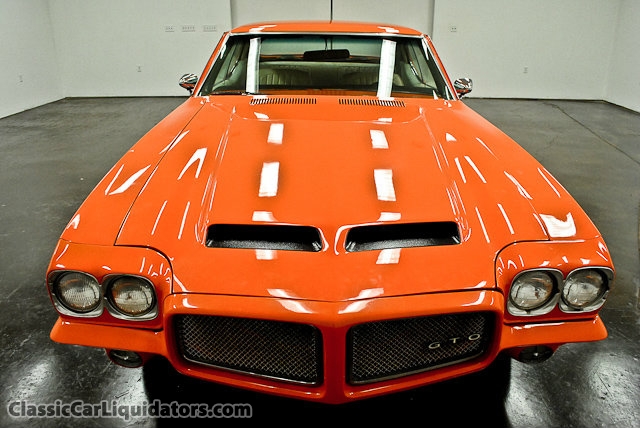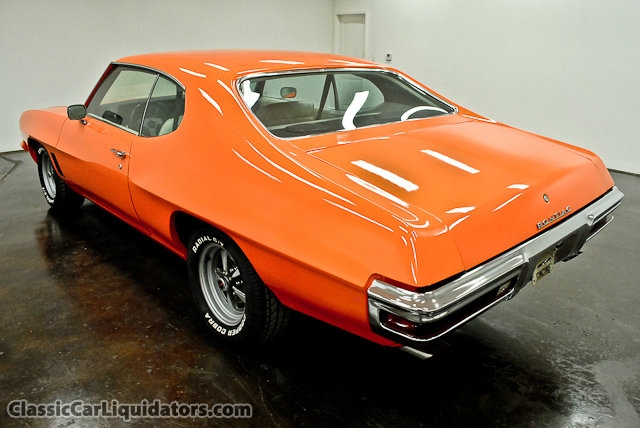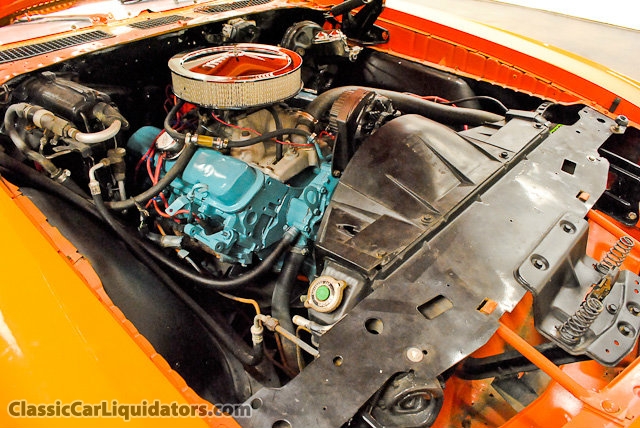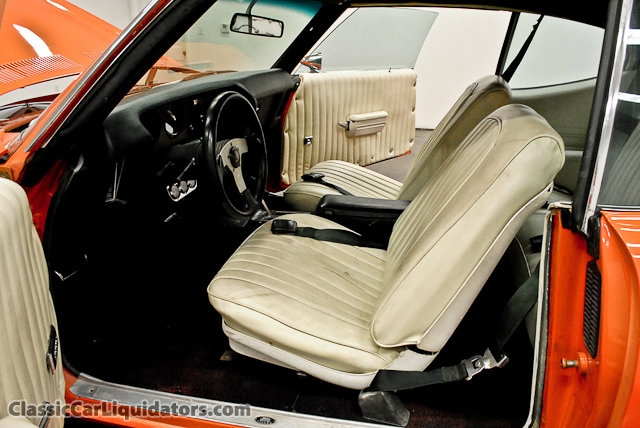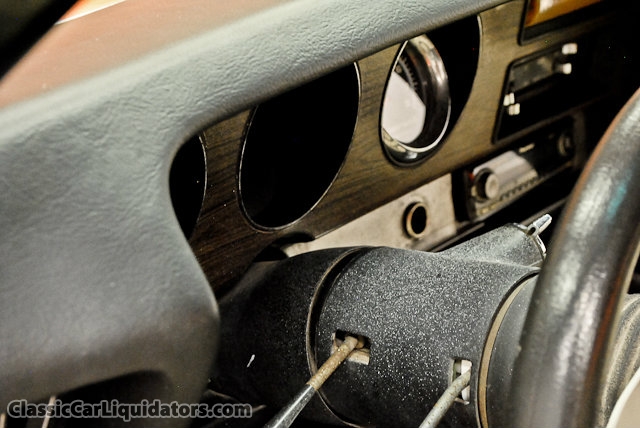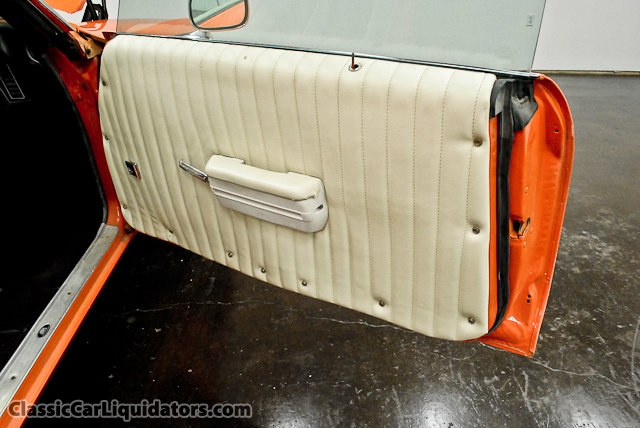Pages
▼
27 March 2013
T.W.O. - The Venice Bobber by Venice Choppers
From Venice Choppers' website:
'This bare-knuckle Venice Bobber is a product of its environment. A light, compact weapon was needed to slice through the traffic-choked urban sprawl surrounding the sea-side oasis where it was conceived. Lightweight, quickness, agile handling, and good brakes were top priority. The resulting menacing appearance would give murderous cagers something to text about.
To achieve these criteria, an early 70's Amen rigid frame was scored, complete with it's unique oil tank/battery tray. A stock length CB750 front end, combined with a 21" rim, had the frame sitting low, and level. A 17" CB750 rear wheel kept things slim, it's drum brake actuated by a 40' Ford brake pedal, itself operated from solid mid-mount foot pegs. Confident the chassis was up to the task, it received a silky coat of satin black powder coat, topped with stainless steel spokes, and polished caliper, triple clamp, and rear sprocket.
Motivation comes from a '78 CB750F motor. Stripped down, and rebuilt, with chrome covers, and stainless hardware, it breathes through early CB carbs, jetted to suit the vintage Dunstall exhaust. This rare 4-2 collector is tipped with 2" exhaust cutouts. 8" baffles attach to the end caps, providing a mellow exhaust note from discreetly drilled outlets. Removing the end caps reminds the neighbours who the bad boy on the block is. Sparking the mix are chrome Harley coils, with copper core wires, and "Rajah" caps, more commonly found on flathead Fords. Coil position mimics drag racing magnetos, in case anyone questions your intentions, which should be clear, based on the aggressive riding position.
Clubman bars get your hunch on, while keeping your knuckles below mirror level when splitting lanes. A Hayabusa master cylinder feeds the venerable Honda disc some extra juice, in a world of ABS induced delayed reactions.
Completing the interface of man, and machine, is a West Eagle seat, sprung with 2" Bates springs. It's kicked up rear keeps yours in its place, and off the 5" rear fender.
Joining the minimalist movement is an Alien gas tank, powder-coated charcoal metallic, with a candy red top coat. It's 50+ mile range will see you clear to the edge of town. Spontaneous, nocturnal missions are illuminated by a Lucas driving lamp. Backup is provided by a VW turn signal, stuffed with red LEDs. Wired up, and fired up, this bike has proven to be an effective tool for traversing the urban landscape. It's lean looks are a direct result of it's dedication to function, proving less is more, and if you need more, here it is.'
25 March 2013
FSO Polonez Rally Car - Dancing To A Different Tune
For a car that was designed as basic transport and is largely forgotten elsewhere, the Polonez is having a major renaissance in it's home country of Poland. It's never going to set the world on fire in standard form, but enthusiasts of the car are building examples that would certainly make a lot of modified car nuts self-combust.
The car was meant to be equipped with Fiat's 2 litre DOHC engines in the 1980s, but FSO's financial problems at the time made the purchase of a license from Fiat impossible. There were also factory-developed Polonez rally car in the 80's (The Polonez 2000 Rally) which sneakily had a lot of Abarth-developed rally bits as used on the Fiat 131 Mirafiori such as that cars 2-litre twin-cam engine ; now the car pictured isn't the real thing, but a brilliant homage to the original.
Built by a Polish company called MP Classic, it was seemingly built to be used in classic rallying. While it doesn't feature the iconic Aurelio Lampredi-designed twink, it probably goes one better by having the latter development of the engine as used in the Lancia Delta 16v, but breathing through Twin Weber 40 DCOE carbs instead of a turbo and injection. The body has been seam welded and fitted with a roll cage for strength, while the running gear has been presumably beefed up to not only take the extra power, but also to justify the well-executed all-steel arch extensions covering 15" OZ wheels and 195/50/15 tyres.
Wish we had more info on this; it's certainly made converts of us to the Polonez; for a car supposedly named after a Polish dance, it's certainly picked up it's tempo.
This was the base car which MP started with; inspiring much?
Sebring International Raceway, Florida, 25th March 1961
Stirling Moss and sister Pat Moss co-drove an Austin Healey Sebring Sprite in the Sebring 4-hour preliminary race prior to the start of the 12 hour race. They finished in 5th place in the 4-hour. In the 12 hour race Stirling co-drove a Camoradi Maserati Tipo 61 with Graham Hill, but failed to finish due to a broken exhaust manifold.
22 March 2013
Digging In The Crates: Rover-Powered Corsair Hirider
As a nation of car nuts we love our old Fords; the MKI/II Escorts have a near-godlike following, the Capri is getting to a similar level and the once-humble Cortina for the most part is cherished where once it was more likely to end up as banger racing fodder.
The Corsair though, for all of it's MKI 'Tina underpinnings, is only really beginning to ascend the path to Old School Ford enlightenment. Created as a model to sit between the Cortina and Zephyr/Zodiac, the Consul Corsair (to give it's full title) always seemed to suffer from a combination of factors. Firstly, underwhelming performance from initially the pre-crossflow 'Kent' and then one of the most unloved engines Ford have ever produced - the 'Essex' V4, effectively a cut-down version of the much-loved V6 found in Capris and Zodiacs. Then there's the styling; personally I've always loved that pointed prow, but it left a lot of people cold when new, which contributed to Ford not directly replacing it in 1970; the new Consul/Granada, MKII Cortina and that recently launched small car called the Escort were the way forward for Ford in the 70's.
That V4, which from personal experience responds well to tuning as it shares a lot of components with the V6, has another peculiarity that makes it a natural for a certain engine to drop straight in - the auto version uses the Borg-Warner 35 gearbox, as does the Rover V8...
Paul Wotton had obviously put the connection together; his Corsair has the Viking's finest sitting between the McPherson struts, but that ride height is the main story; the Jag rear end, welded back doors, Appliance mags and that dinky little vinyl roof turn FoMoCo's geeky lost child into a jet-propelled dart.
Full story on the car below. Enjoy.
- Amazosan  | 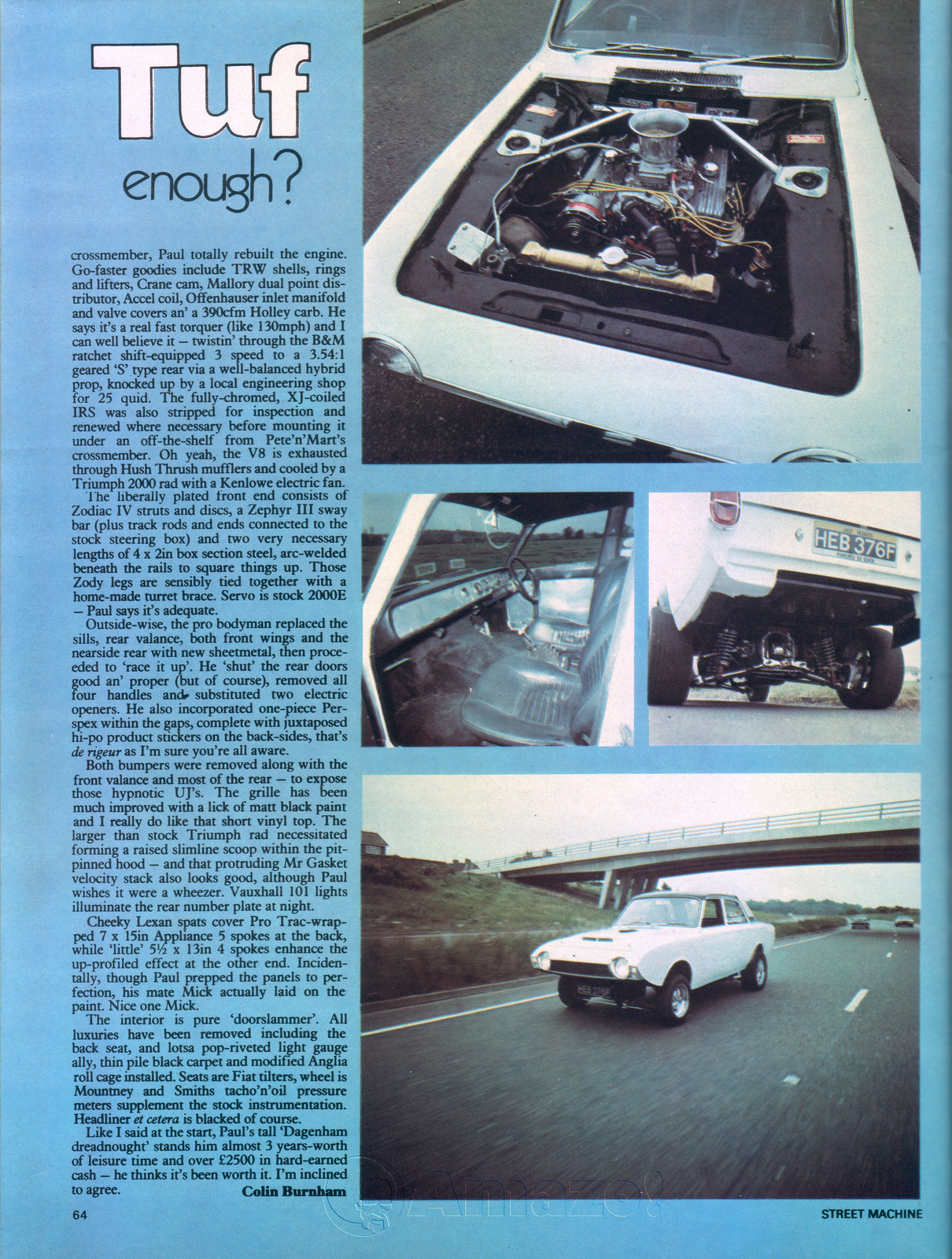 |
20 March 2013
1963 Plymouth Fury - The Gas Bubble
I'm want to exclamation more often than I should, and usually for negative reasons, but seeing the car above hone into view on my Facebook feed as a result of Hot Rod's post bought out a 'What The Funk?!?' moment of the positive kind. Once the rest of the guys in the office had pulled me down from the ceiling, we all wondered: new or old build? This car could quite easily have been a cover car from a HRM in the 60's, but the Gas Bubble is a brand new build.
Incredibly, there's not as many modifications as you may think. The base car is a 1963 Plymouth Fury convertible, an overlooked slice of early 60's automotive Americana and the body mods are confined to that amazing Roth-esqe, Starbird-esqe bubble top, a sharp rise in ride height courtesy of a straight tube axle and those downright evil exhaust stacks exiting the 426ci Wedge through the bonnet.
I'd recommend reading the article that goes with this car; meanwhile we'll be looking at PA Crestas in the classifieds and dreaming of vista views.
- Amazosan
18 March 2013
Getting Your Goat - 1972 Pontiac GTO
Not to be confused with 'The Judge' performance package, which was discontinued in February 1971, the 1972 GTO reverted from a separate model line to a US$353.88 option package for the Le Mans and Le Mans Sport coupes. On the base Le Mans line, the GTO package could be had with either the low-priced pillared coupé or pillarless hardtop coupé Both models came as standard with cloth and vinyl or all-vinyl bench seats with rubber floor mats on the pillared coupé upgrading to carpeting on the hardtop, creating a lower-priced GTO. The Le Mans Sport, offered only as a hardtop coupé came with 'Strato' bucket seats upholstered in vinyl, along with carpeting on floor and lower door panels, vinyl door-pull straps, custom pedal trim and cushioned steering wheel, much like GTOs of previous years.
A very rare option was the 455 HO engine, similar to that used in the Trans Am. It was rated at 300bhp at 4000rpm and 415 lb/ft at 3200rpm, also in the new SAE net figures. Despite its modest 8.4:1 compression, it was as strong as many earlier engines with higher gross power ratings; yet like all other 1972-model engines, it could perform on low-octane petrol. Only 646 cars with this engine were sold.
This particular example came up for sale recently in America classic car site for a reasonable Price: $13,000; with only 63989 miles on the clock, the 400 cube Poncho V8 and Turbo 400 are hardly run in. To be honest, the interior looks like it could do with a bloody good clean and those door trims are well, a matter of taste but with air con, electric windows and power steering, we could forgive that.

